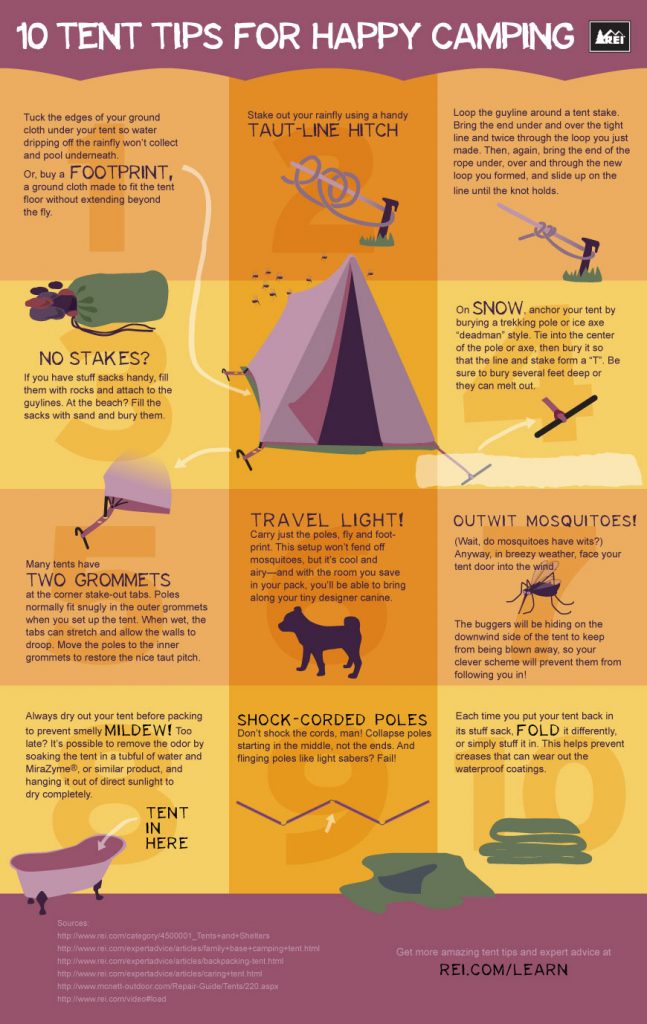The cone-shaped form of a bell tent makes it one of the most successful shelter styles in history. Known by several names, consisting of the Tipi, Buddy, Goahti, Lavvu, or Nentsi, these single-pole cotton canvas outdoors tents were designed with practicality in mind.
What is traditional camping?
Their simpleness and convenience of setting up made them suitable for cultures on the move. This very same capability caught the eye of recreational campers, who soon incorporated short walls to create a timeless outdoor tents design that we now know as the Bell Tent.
Origins
Bell tents are a tried and tested form of instantaneous holiday accommodation. Their sizable insides and sensible layout-- they are tough, very easy to establish and can withstand strong winds as a result of their legendary bell form-- have actually made them a prominent option for camping and glamping.
The contemporary bell camping tent traces its roots back to a 19th century armed forces camping tent made by Henry Sibley. He adjusted the style of the American Indian tipi to produce his distinct tent which was then taken on by the military for usage in armed forces camps and expeditions.
The principles of this tent-- sturdy and challenging canvas giving a home-away-from-home for tourists-- have actually been fine-tuned in time to fit the requirements of contemporary campers. For instance, modern glamping outdoors tents supply features such as rugs and beds to enhance the convenience of campers. These features additionally assist to preserve the integrity of the original layout and shield versus the components.
Armed forces Use
In the 19th century, bell camping tents were first used as army area sanctuaries. They were a prominent choice due to the fact that they were durable, sizable, and very easy to set up. Today, these camping tents are popular amongst campers and glampers for their elegant and useful design.
They are additionally commonly made use of in armed forces and rescue procedures, where quick deployment is vital. Their basic structure implies that they can be set up in a brief amount of time, giving employees more time to focus on the goal available.
The bell camping tent is usually made from a tough and weatherproof canvas, with a centre pole that's sustained by a collection of pegs. Duration prints show that these tents were formed a lot more like a cone tent heater than a squat structure, and the wall surfaces were small in regard to the elevation of the center post. This enabled them to endure wind and rainfall. They were commonly used by the ANZAC soldiers on their expeditions throughout Europe and Gallipoli.
Glamping
Glamping is a modern outside leisure activity that has actually ended up being increasingly preferred. People from all walks of life are trying to find a way to appreciate the open airs in comfort and style. Whether it's a charming getaway or a household outdoor camping trip, a good quality tent can make all the difference.
A bell outdoor tents's round shape assists with security in gusty conditions, while its large interior can accommodate lots of people. It is likewise easy to establish, requiring just a central post and a conical canvas roofing that settles right into a broad base.
The bell tent was developed by Henry Hopkins Sibley, an US Military soldier that served on the Texas frontier in the 1850s. He took inspiration from tipis he saw, and created a design that was durable and quickly mobile. His tent was patented in 1856.
Contemporary Use
Today, bell outdoors tents are a staple in shop outdoor camping sites, celebration lodgings, and as elegant outside shelters for wedding celebrations or resorts. Their trendy, timeless layouts blend custom with modernity, making them a favorite among those looking for special and comfy accommodations that are both visually enticing and surprisingly simple to establish.
The modern-day bell tent traces its beginnings back to conventional outdoors tents utilized by nomadic people in Northern Europe, yet experienced its prime time around the 19th century when canvas replaced animal hides as the primary product. This change, combined with a practical layout that prioritizes headroom, saw the emergence of a popular army area shelter and, in the future, the iconic tent we understand as the bell.
In the 1850s, an US Army soldier called Henry Hopkins Sibley created the very first modern-day bell tent. Attracting inspiration from the tipis he had actually seen on the Texas frontier, his new outdoor tents made use of a single central post and vents to create a framework that was both durable and quickly mobile.
Are Bell tents waterproof?
